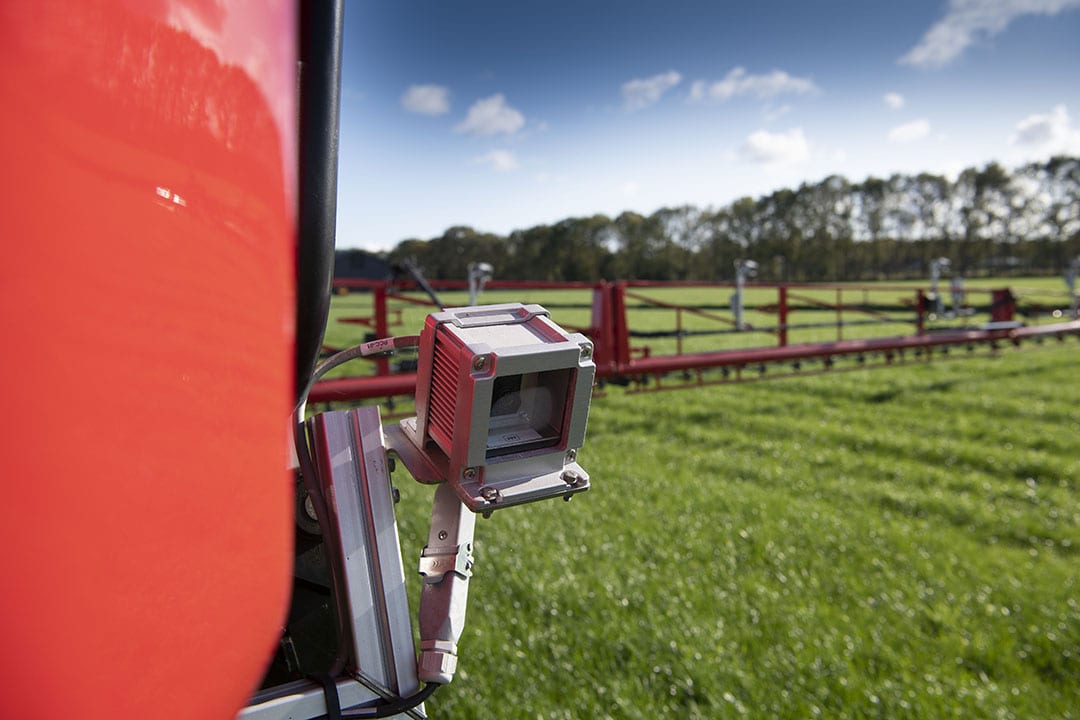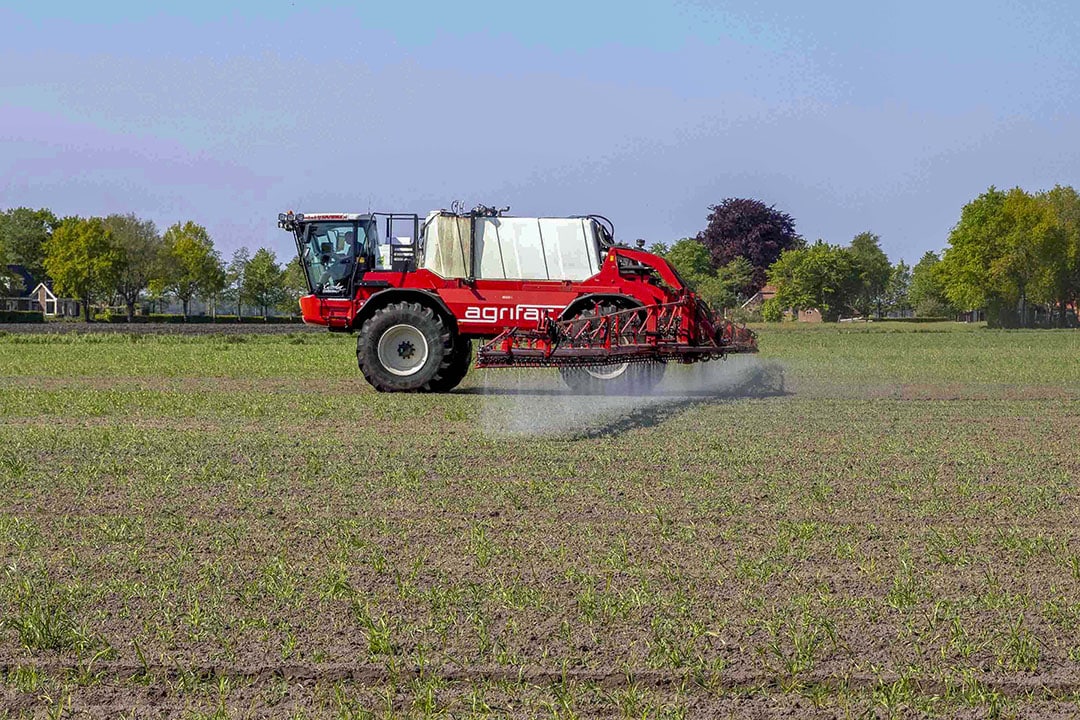The future of herbicides: trends for spectrum of use, crop damage and more

Like crop genetics, seed coatings, crop disease products and all sorts of farm technologies, herbicides continue to advance on many fronts.
For a look at the future of herbicides and current trends, we present an exclusive interview with representatives from two global crop input companies. Dr. Darin Lickfeldt is Senior Manager Technical Development at Nutrien Ag Solutions, retail division of Nutrien. From Nufarm, Holly Nicoll is Head of Marketing for Canada.
What are the general herbicide trends for this year and going forward for the next few years?
Darin Lickfeldt (DL): There is a strong trend away from single-active ingredient herbicides towards multiple modes of action to combat weed resistance to herbicides. This is especially true in broad acre row crops where weeds have become resistant to multiple modes of action.
What about herbicides with built-in adjuvants, and others that don’t need adjuvants – is there a particular focus across the industry on the development of these products?
Holly Nicoll (HN): Very regional. The benefits are the flexibility to use different adjuvants for managing water volumes. Leftover adjuvant is a waste, so purchasing separately reduces leftover product sitting and not getting used.
DL: At Nutrien, we are not recognizing this trend. Crop producers want flexibility in their tank mix options. By offering stand-alone adjuvants that have specific purposes and can be mixed with many herbicide technologies, growers can choose the tools that make the most sense for their spray tank solutions. Rather than being charged for built-in adjuvants applied across all situations they can choose from a broad selection of Loveland adjuvants to meet their specific needs.
Text goes further below picture

What about products that have even a broader spectrum than before – are these products becoming more common and what can we expect in the future? How is broader spectrum generally achieved?
DL: Broader spectrum is a goal because crop producers want to minimize the number of passes they make across their fields. The best way to achieve this is with multiple modes of action applied in a single pass.
Producers want to minimize the number of passes they make across their fields
HN: There are broad-spectrum herbicides and there are herbicides that have a broader spectrum for managing weeds. Because herbicides are coming off-patent they are becoming more affordable, so we can mix more combinations together, etc. More combinations help manage weed resistance and expand weed control.
Is there a trend towards faster-acting products?
DL: Faster acting products can be a goal, but the more educated crop producers of today realize that if a weed’s physiology is shut down too quickly by a herbicide, the total control can be reduced because the herbicides didn’t have time to translocate throughout the growing points of weed. We have seen weeds that demonstrated herbicide symptoms quickly actually regrow and cause yield losses later in the season.
HN: There’s an increase in mode of actions that are fast-acting. The slower acting systemic modes of action usually form the base of the products that also include the faster-acting products.
What about those that are more rain-resistant?
DL: Rain-fastness is a great goal and can be achieved with formulation improvement of the herbicides themselves or with the use of adjuvants that improve penetration through the weed leaf surface. Today’s applicators have a lot of acres to treat in a given day and the weather is still very difficult to predict.
What about trends relating to pre- vs. post-emergence? Are new products in these two groups being developed at an equal pace, and why or why not?
DL: Today’s crop producers are not a one-size-fits all grower. They will use a mix of cultural practices and chemistries to control difficult weeds. From year to year, they will rotate different strategies. For instance, one year they might conduct conventional tillage followed by post-emergent early season treatments. The next year they might consider minimal tillage programs with residual pre-emergent herbicides. Crop rotation also results in a rotation of different herbicide chemistry and timing options.
Today’s crop producers are not a one-size-fits all grower
HN: For Canada, pre-emergent and pre-seed products are growing segments. Post-emergent depends on the crop, traits, etc.
Similarly, with regards to herbicides for both conventional and genetically-modified crops, are new products in these groups being developed at an equal pace?
DL: It seems like the development of new herbicide tolerance traits has slowed in the last year or so after the launch of Dicamba tolerance because the cost to develop such traits is enormous and the development timelines are very long. Innovation with new herbicide tolerance traits is likely to continue but crop producers need to plan on using a mix of different weed control strategies by diversifying their timings, methods and chemistries regardless of whether they are planting conventional or genetically modified crops.
Text goes further below picture

Is there a long-term trend to market herbicides that cause less crop injury?
DL: No crop producer likes crop injury, but the trend has actually been towards acceptance of some minimal crop injury with the goal of controlling very difficult weeds. If treated by the label, some of today’s multiple mode of action herbicide formulations can cause injury for a few weeks but the crop usually recovers and benefits from clean fields without weed competition. As herbicide innovation advances, the crop injury we tolerate today will hopefully diminish but some minimal crop injury is one of those trade-offs that many of today’s growers realize is part of the puzzle.
There are those who say a herbicide with a new mode-of-action has not been commercialized in more than 30 years. (Readers who want more information go totan easy reference to modes of action.)
DL: This isn’t really true. The larger manufacturers of herbicide have developed new herbicide chemistries but they just aren’t as broad-spectrum as glyphosate. Because glyphosate-resistant weeds are becoming problematic worldwide, crop protection companies have increased efforts to find new herbicide modes of action, which are slowing coming onto the marketplace.
The larger manufacturers of herbicide have developed new herbicide chemistries but they just aren’t as broad-spectrum as glyphosate
In light of this resistance, when do you think we will see a product on the market that will replace it? Of course it’s a hard question to answer, and the answer may well be never. Glyphosate may be unique – it’s used in so many tank mixes in addition to being so widely used on GMO crops.
DL: The 2,4-D and Dicamba tolerant crop systems will revolutionize herbicide programs for the foreseeable future. In Nutrien, we stress that crop producers should not become totally reliant on just one herbicide tolerance system and use multiple strategies for professional weed control programs.
Join 17,000+ subscribers
Subscribe to our newsletter to stay updated about all the need-to-know content in the agricultural sector, two times a week.



